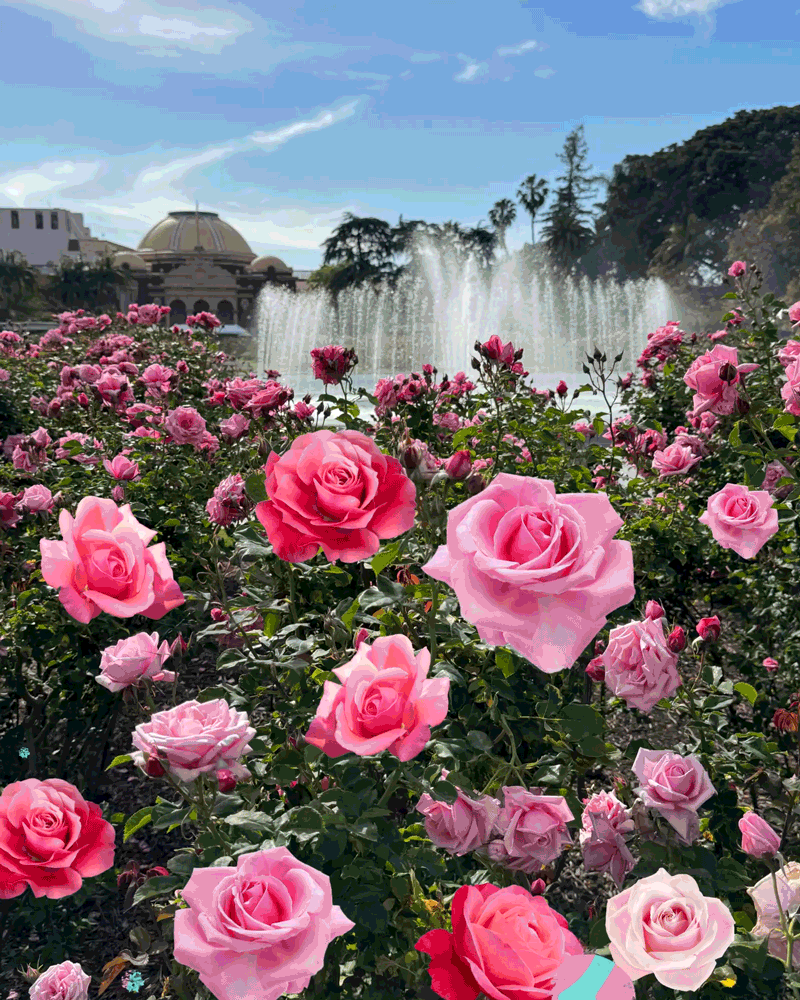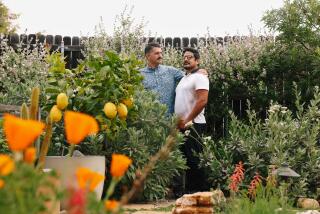Crossing paths with a genius
Santa Rosa, Calif. — Experimentation, Luther Burbank said, is the “sole object and purpose of life” -- a credo that still bears fruit at the self-taught horticulturist’s home and garden, just a cork’s throw from Sonoma County’s wine country.
Here, buzzing bees share the air with echoes of Burbank’s wild imagination. A century ago, it seemed folly to some that he would graft cherry tree upon cherry tree nine times over, until a single specimen was laden with fruit of nearly a dozen shapes, hues and degrees of sweetness. Who else would have crossed a Japanese plum tree with an apricot to yield that odd little gem, the plumcot?
He saw promise in the ox-eye daisy -- a mere weed, really -- and then spent 17 years improving its beauty through hybridization. The result of such devotion is here as well: the Shasta daisy, probably Burbank’s best known flower, waiting to be examined in an entirely different light.
In its white petals you can see his relentless drive for perfection. In its tall, deep-green stalks you’ll see his curiosity about the nature of nature, about the ability to shape life, to make it bigger and stronger.
Burbank -- no relation to the founder of the Southern California city -- never went to college. But before his death in 1926, he introduced more than 800 grains, grasses, nuts, ornamentals, vegetables and fruits to the U.S. -- more than a hundred varieties of plums alone. Some were species sent to him from other parts of the world, but many were hybrids he developed at his farm nearby in Sebastopol. The list consumes an extraordinary 110 pages in the latest edition of Peter Dreyer’s book, “A Gardener Touched With Genius: The Life of Luther Burbank.”
Many of these creations fill Burbank’s Santa Rosa gardens, now a city park. Here, the delicate ‘Burbank’ rose, its petite blooms shaded somewhere between pink and purple. There, a thorn-less blackberry bush, a project that required 40 years and more than 15,000 seedlings to perfect. It bears too few berries for commercial production, but home gardeners lucky enough to have this sweet fruit will think often of his brilliance.
Burbank’s critics in the scientific community weren’t so easy to convince. He didn’t always follow established scientific methods, and the documentation of his work seemed lax, though horticultural historian Bob Hornback says that’s because “there were no plant patent laws to protect his work.” As a result, Burbank wrote everything in code, which had to be translated after his death.
Skeptics saw Burbank as a gardener, not a horticulturist. But decades later, the man’s impact is hard to deny.
“Until recently, the 10 most widely grown varieties of plums were Burbank’s. These go back to the 1880s,” says Hornback, who adds that many of the russet potatoes in supermarkets today are variations of the ‘Burbank’ hybrid that brought enough money for its creator to buy his Santa Rosa property.
Not all of his creations have fared so well. The beauty of his alstroemeria hybrids can only be imagined. The same holds true for nearly two dozen varieties of poppies he created. Certain blooms have fallen out of favor; others have succumbed to disease or grower disinterest.
Time can be brutal and innovation impermanent. But the facts, and a thick stand of Shasta daisies outside the old carriage house here, only make visitors appreciate one man’s genius and folly even more.
The Luther Burbank Home and Gardens in downtown Santa Rosa are open 8 a.m. to 7 p.m. daily. Tours are offered April to October. Call (707) 524-5445 or visit www.lutherburbank.org.







